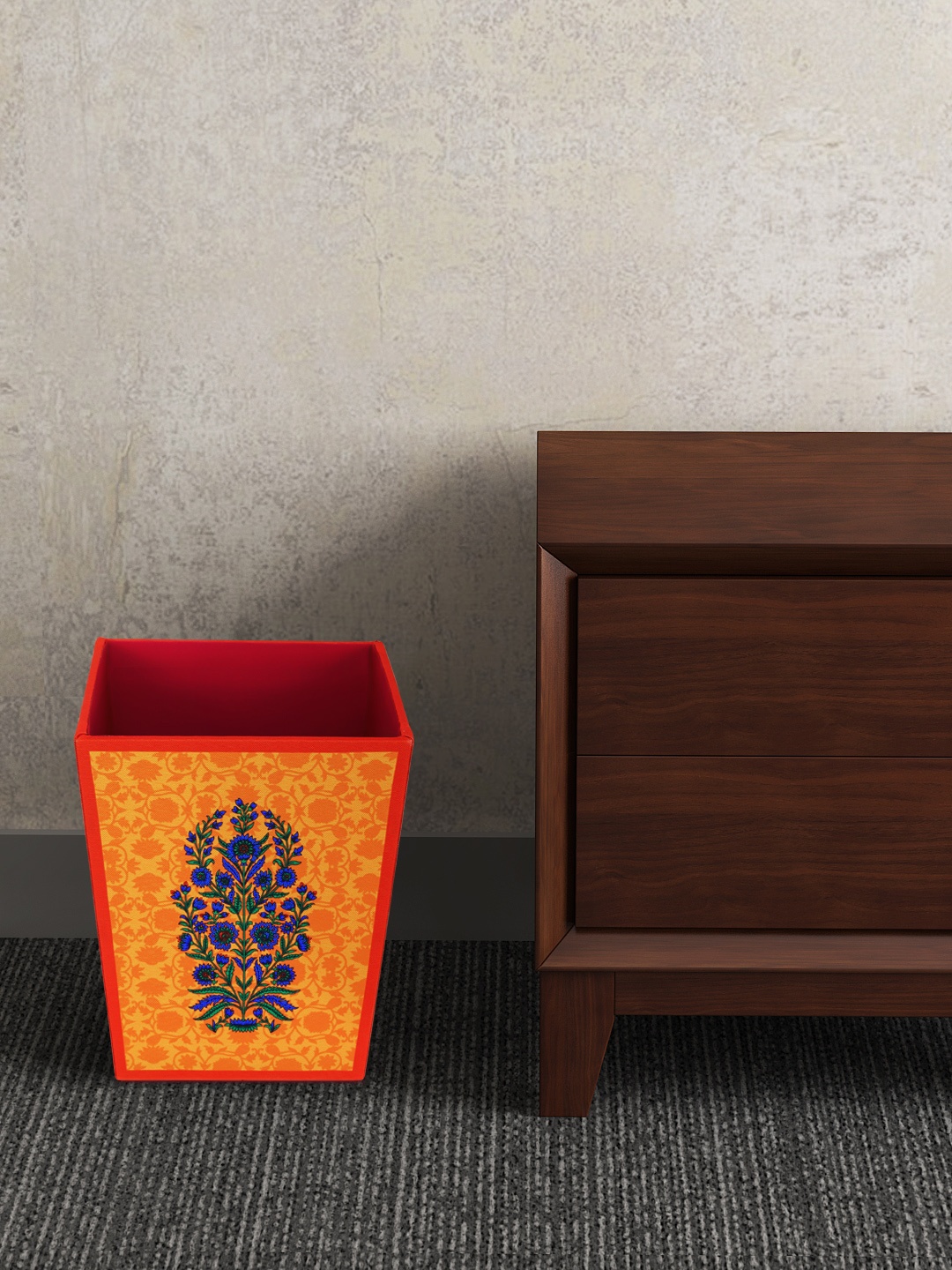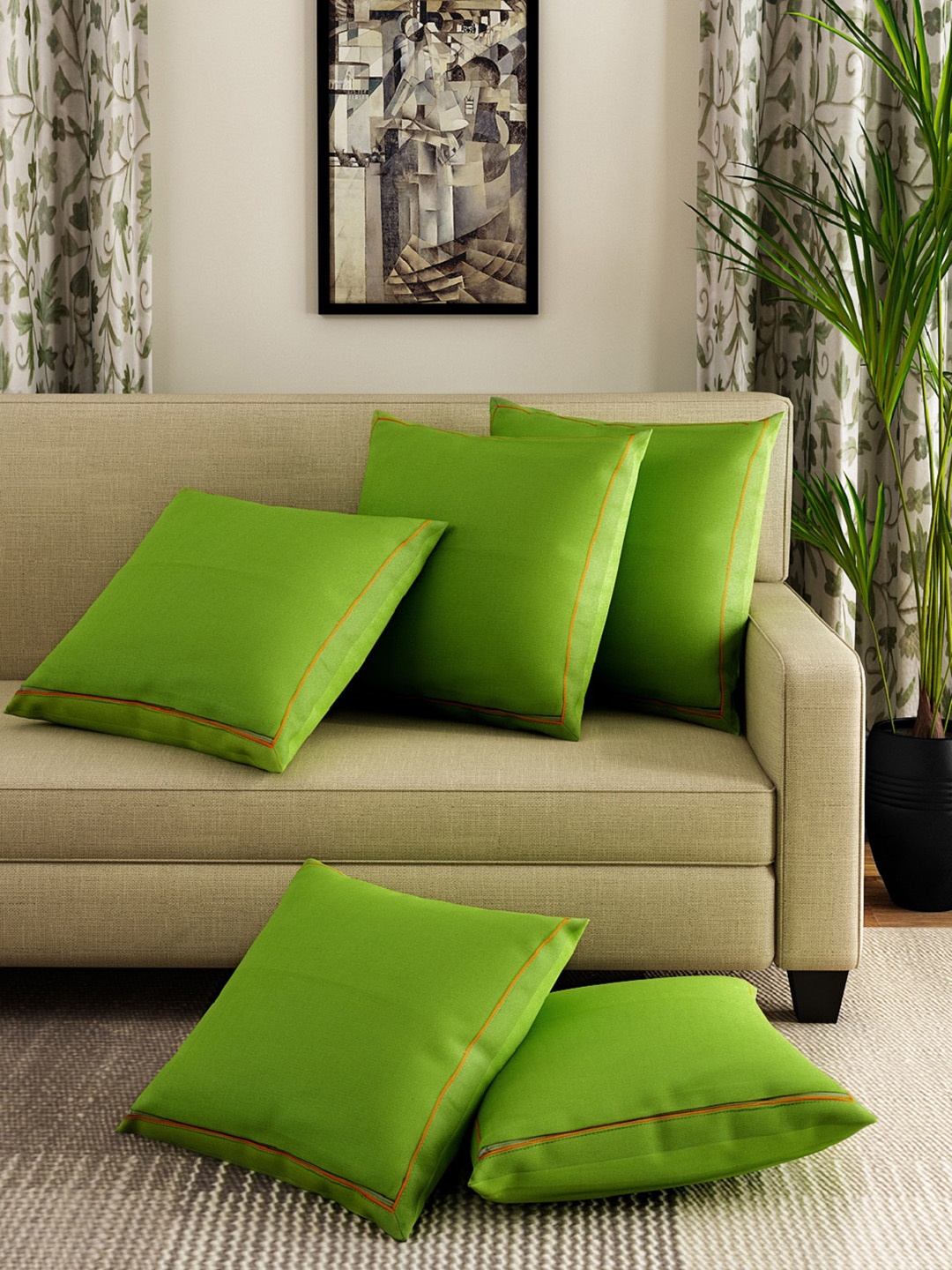Carpet Picking Guide: Bid Goodbye To Dust and Allergies' Nightmare
Choosing the right carpet is not just about matching patterns and textures. In this guide, find out how the right carpet can wave goodbye to dust, sneezes and those pesky allergy triggers, all while lifting the mood of your home.

Carpet Comfort: Guide Provides Best Tips To Pick Dust-Free, Allergy-Safe Choices
There's nothing quite like walking barefoot across a soft, plush carpet at the end of a tiring day. It adds a layer of warmth to any space, both literally and emotionally. But here's the catch: that inviting comfort can sometimes come at a cost. Beneath the surface of those luxurious fibres could be a thriving world of dust mites, allergens, and trapped pollutants that quietly wreak havoc on health, especially for children, elders, and anyone prone to sniffles or itchy eyes.
Carpet shopping isn't just another home décor decision. It's an opportunity to blend comfort, aesthetics, and health in one practical choice. This guide delves into the art and science of choosing the perfect carpet that doesn't just beautify a home but actively helps keep allergies at bay. Whether setting up a new flat or refreshing an old family house, this guide is your partner in choosing carpets that care.

Choose Smart: Carpet Buying Tips For Dust-Free, Allergy-Safe Home Comfort; Photo Credit: Pinterest
1. Why Your Carpet Might Be A Secret Allergy Trigger
That lovely rug in the living room may have witnessed family chats, afternoon naps, and many monsoons, but it might also be home to an unseen universe of allergens. Dust mites, pollen, pet dander, and even the remnants of pollution from open windows get trapped in carpet fibres over time. Every step across it can release tiny particles into the air, setting off sneezing fits and watery eyes before you even know what hit you.
Many assume a regular broom does the job, but not all vacuums or cleaning methods reach deep enough. In high-humidity areas, carpets also risk mould growth, a quiet but dangerous health hazard. The takeaway? Being particular about the carpet material, weave, and maintenance plan is essential, especially in homes with toddlers, elderly members, or anyone with respiratory issues.
2. Natural Fibres: A Breath Of Fresh Air
When picking a carpet that's both stylish and allergy-friendly, materials make all the difference. Natural fibres like wool, jute, and coir don't just look earthy and elegant, they also bring functional perks. Wool, for instance, naturally repels dirt and has moisture-regulating properties. Coir, made from coconut husk, is tough, biodegradable, and naturally resistant to fungal growth.
The best part? These materials are locally available, eco-friendly, and often handcrafted. While they might come with a slightly higher price tag (think ₹400–₹800 per sq. ft. for premium wool blends), the long-term savings in health costs and maintenance make them worthwhile. They're also ideal for allergy-prone folks, as they don't trap dust as deeply as synthetic fibres do. Think of it as paying for peace of mind, and cleaner air.
3. The Hidden Costs Of Cheap Synthetic Carpets
Sure, a synthetic carpet for ₹150 per sq. ft. might seem like a great deal, until the coughing starts. Materials like nylon, polyester, and olefin are budget-friendly and easy to mass-produce, but they come with downsides. They tend to attract static electricity, pulling in dust and dirt. Some even off-gas volatile organic compounds (VOCs), especially when new, causing dizziness or irritation in sensitive individuals.
In homes with little ventilation or lots of foot traffic, synthetic carpets can become breeding grounds for allergens. The appeal of low upfront cost quickly fades when you're spending more on air purifiers, allergy medication, and constant deep cleaning. Investing wisely in a healthier option from the start saves more than just money, it saves peace of mind and wellness.
4. Weave Matters: Loop vs. Cut Pile Carpets
Beyond material, the weave style of a carpet significantly affects its allergy profile. Loop pile carpets have tightly woven loops that are durable but trap more dust. They're ideal for high-traffic areas like hallways, but not great for allergy control. On the other hand, cut pile carpets, especially those with a short, dense texture, are easier to clean and trap fewer allergens.
Berber-style loops might be trendy, but cleaning crumbs or dander out of them is a task few will enjoy. In contrast, a low-pile cut carpet in the bedroom means fewer places for allergens to hide, and easier maintenance with a good vacuum cleaner. For families juggling work, school runs, and everything in between, that kind of convenience is golden.
Also Read: Best Carpets under 12000 For Cold Floors, Noisy Rooms And Pet-Friendly Spaces
5. Carpet Size and Placement: Less Is Sometimes More
It's tempting to cover every inch of floor with a beautiful carpet, especially in colder months. But more carpeted surface means more space for allergens to settle. Strategic placement can strike a balance between style and sanity. Use large carpets or runners only in low-dust zones like bedrooms, where foot traffic is controlled and windows stay shut during peak pollen hours.
In kitchens or near balconies, smaller washable rugs are better. They're easier to shake out or toss in the laundry. And in humid places like coastal cities, it's wise to leave some areas carpet-free, letting tiles or hardwood floors show through to prevent mould growth. Think of carpet like seasoning in a dish, used right, it enhances the experience, but overdo it and things get messy.

Dust-Free Home: Carpet Buying Guide Offers Best Tips For Allergy-Safe Choices; Photo Credit: Pexels
6. Colour Psychology Meets Practical Cleaning
A pale beige carpet might scream luxury, but after one rainy season, it could just scream “Why?” instead. Darker tones like charcoal, maroon, or earthy browns don't just hide stains, they create a cosy, grounding effect in living spaces. Patterns, especially those with texture or two-tone weaves, also help camouflage minor spills and dust until the next deep clean.
In children's rooms, bright or dual-shade carpets can hide crayon marks and accidental juice splashes. And for the allergy-conscious, darker or mid-toned carpets highlight dust sooner, prompting timely cleaning. Picking a carpet colour isn't just about aesthetics, it's a smart, ongoing cleaning strategy that saves time and reduces allergic flare-ups.
7. Cleaning Regimes That Actually Work
Vacuuming once a week won't cut it if someone at home has allergies. High-efficiency particulate air (HEPA) filter vacuums make a big difference by trapping tiny particles rather than blowing them back into the room. For carpets in key areas like the living room or children's play zones, deep cleaning every three months is ideal. Professional steam cleaning (around ₹2–₹4 per sq. ft.) can pull out dirt that no broom ever will.
Sprinkle baking soda overnight once a month to neutralise odours and then vacuum it up. It's budget-friendly and surprisingly effective. For homes with pets, using a lint roller or a rubber brush can also help pull out hair from fibres. It's these small, consistent habits that keep carpets fresh, and the air even fresher.
8. Allergy-Friendly Underlays and Padding
Many overlook what lies beneath the carpet, but the underlay is just as crucial. Rubber or felt-based underlays are softer underfoot and help reduce noise, but some synthetic foams can emit chemicals over time. Opt for underlays labelled hypoallergenic or low-VOC certified, especially in bedrooms or nurseries.
A good underlay also prevents the carpet from shifting, reducing wear and tear, and making vacuuming more effective. If using an area rug over tile or stone, adding an anti-skid, breathable pad underneath also ensures safety without compromising airflow. It's one of those invisible upgrades that quietly supports better living.
9. When and Where to Go Carpet Shopping
The best time to buy carpets isn't during a random online sale. Peak shopping seasons, like just before Diwali or during New Year clearance, often have both discounts and fresh stock. Head to trusted local markets or showrooms where touching, feeling, and asking questions is easy. Look for places that allow take-home samples or trial swatches.
Explore carpet hubs like Jaipur, Panipat, or Bhadohi, where handcrafted pieces often come at more reasonable rates compared to city retail prices. A wool-blend dhurrie from these regions might cost around ₹1,500–₹2,000, but lasts decades with proper care. The joy of choosing something that adds charm and makes breathing easier? Priceless.
10. What Your Carpet Says About Your Lifestyle
A home's carpet quietly reflects its personality. Is it a playground, a zen retreat, or a space for late-night chai and books? Families with young kids often prefer washable rugs. A solo traveller might choose something bolder and artsy. And a house-proud host may go for plush sophistication.
The perfect carpet doesn't just match furniture, it matches people. It understands their habits, their allergies, even their Sunday-cleaning mood. And when chosen right, it becomes a silent, supportive part of everyday life, keeping dust and drama out, and comfort and character in.

Allergy-Safe Carpets: Expert Buying Tips To Ensure Your Home Stays Dust-Free; Photo Credit: Pinterest
Products Related To This Article
1. BLUSH & BLOOM Velvet Carpets for Living Room 5x7 Feet
2. Sifa Carpet Hand Woven Modern Shaggy Bed Side Runner with 2Inch Pile Height Grey Color 2x3 Feet
3. ishro home Premium Carpets for Hall | Carpets for Living Room
4. CD Carpet Modern Soft Fluffy Shaggy Rug for Bedroom Living Room Kids Room Carpet with 2 Inch Pile Thikness
5. Super Soft Shaggy Rugs Fluffy Carpets, Indoor Modern Plush Area Rugs For Living Room Bedroom Kids Room
6. TAUKIR CARPETS Handmade 3D Edge Collection Super Soft Microfiber Silk Touch Rectangular Rugs
7. Carpet for Living Room, Bedroom & Hall Handmade Microfiber Thick Soft & Plush Fluffy Anti Skid Solid Plain Beige Shaggy Rugs for Living Room
8. Carpet collection Shaggy for Home 5x7 feet (150 x 210 cm) Modern Rug Soft Handwoven Plain California Premium Shag collection with Plain Color 5 cm Pile Height for Living Room|Blue And Sky
Carpets are more than floor accessories, they're the silent stage where life unfolds. From morning rushes to late-night movies, from kids' art explosions to tea spills during cricket matches, carpets witness it all. Choosing the right one isn't about chasing trends, it's about finding what works for your space, your people, and your well-being.
So, next time you're out carpet shopping, look beyond the colour swatch. Think of noses staying clear during pollen season, of children crawling without sneezing, and of a home that feels as good as it looks. With this guide, choosing a carpet becomes more than a chore, it becomes a step towards a cleaner, calmer, cosier life. Shop now on Amazon.
Disclaimer: The images used in this article are for illustration purpose only. They may not be an exact representation of the products, categories and brands listed in this article.
















![Steam Iron Teflon Shoe Cover for ES-300,ST-96 [Only For ES-300 and ST-96 Model Electric Steam Irons]](https://m.media-amazon.com/images/I/51wwkttondL._SL160_.jpg)








